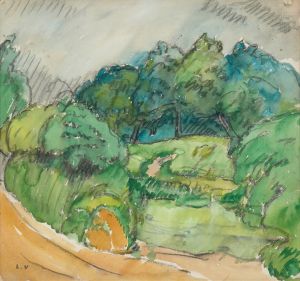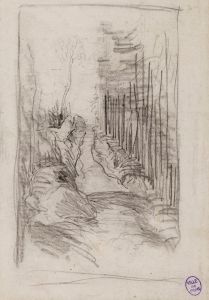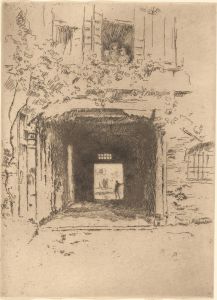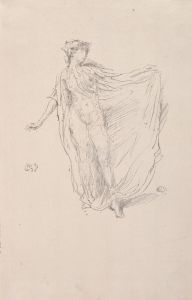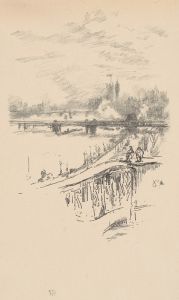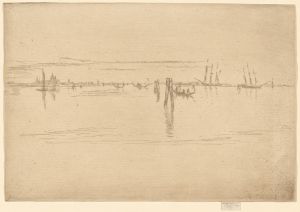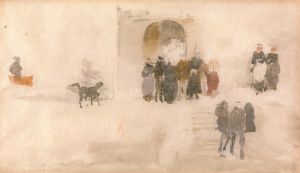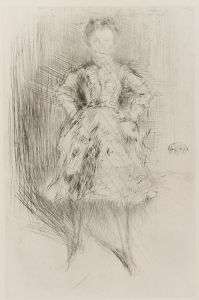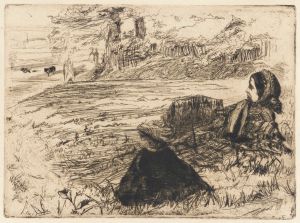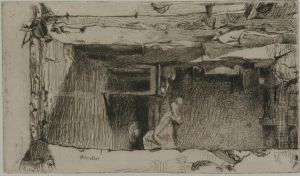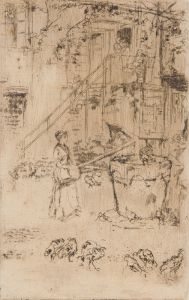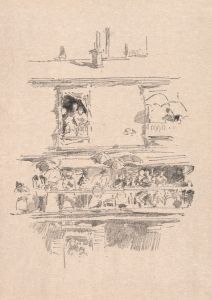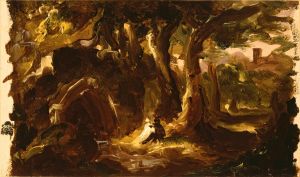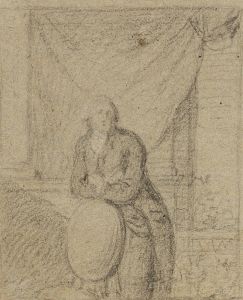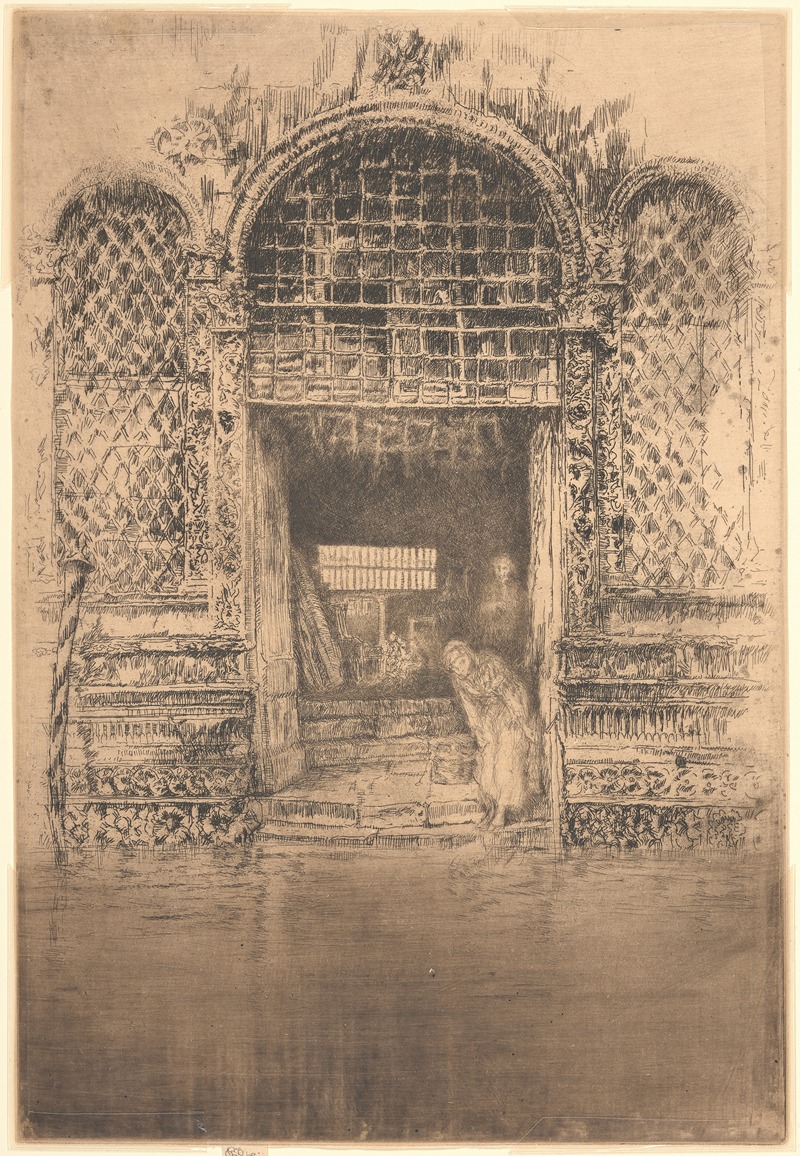
The doorway
A hand-painted replica of James Abbott McNeill Whistler’s masterpiece The doorway, meticulously crafted by professional artists to capture the true essence of the original. Each piece is created with museum-quality canvas and rare mineral pigments, carefully painted by experienced artists with delicate brushstrokes and rich, layered colors to perfectly recreate the texture of the original artwork. Unlike machine-printed reproductions, this hand-painted version brings the painting to life, infused with the artist’s emotions and skill in every stroke. Whether for personal collection or home decoration, it instantly elevates the artistic atmosphere of any space.
James Abbott McNeill Whistler's painting The Doorway is a notable work created in 1879-1880 during the artist's time in Venice. This etching is part of Whistler's celebrated "Venice Set," a collection of works that capture the unique atmosphere and architectural beauty of the city. Whistler, an American-born artist, was known for his innovative approach to art, blending realism with a focus on mood and composition. His time in Venice marked a significant period in his career, as he explored the interplay of light, shadow, and texture in his depictions of the city's canals, buildings, and everyday life.
The Doorway specifically portrays a Venetian doorway, likely one leading to a canal, with intricate architectural details. The etching demonstrates Whistler's mastery of line work and his ability to convey depth and texture through subtle variations in tone. The composition is intimate, focusing on a single architectural element rather than a grand cityscape, which was characteristic of Whistler's approach to his Venice works. He sought to capture the essence of the city's charm and mystery through such focused studies.
This etching was created using the drypoint and etching techniques, which allowed Whistler to achieve fine details and a sense of immediacy in his work. The "Venice Set," including The Doorway, was well-received and contributed to Whistler's reputation as a leading figure in the etching revival of the 19th century. These works were praised for their technical skill and their ability to evoke the atmosphere of Venice in a way that was both realistic and poetic.
Whistler's time in Venice was partly motivated by financial difficulties and legal troubles following his infamous libel case against art critic John Ruskin. Despite these challenges, his Venetian etchings, including The Doorway, are considered some of his finest achievements. They reflect his ability to find beauty in the everyday and to transform simple architectural elements into works of art that resonate with viewers.
Today, The Doorway is recognized as an important example of Whistler's etching work and his contribution to the art of printmaking. It remains a testament to his skill and his unique vision of Venice, capturing the timeless allure of the city's architecture.





